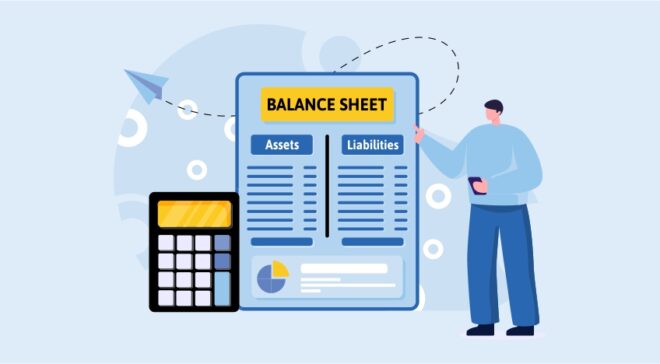![]()
Methodologies and Principles
Some of the most common include:
1. The liquidity principle:
This principle states that assets classified and categorized based on their liquidity, meaning how easily they can convert into cash.
Assets that are more liquid are typically listed first on the balance sheet, while assets that are less liquid are listed later.
2. The materiality principle:
This principle states that assets and liabilities should classify and categorized based on their materiality, meaning their significance to the company’s financial statements.
Assets and liabilities that are more material are typically listed separately, while assets and liabilities that are less material are typically grouped together.
3. The conservatism principle:
This principle states that assets should be conservatively valued, meaning that they should be valued at the lower of their cost or market value.
Liabilities should also be conservatively valued, meaning that they should be valued at the higher of their present value or face value.
4. The going concern principle:
This principle states that the balance sheet prepared assuming that the company will continue to operate for the foreseeable future.
This means that assets and liabilities valued based on their expected future value, rather than their current value.
The specific methodologies and principles that used to classify and categorize assets and liabilities will vary depending on the specific circumstances of the company and the requirements of the applicable accounting standards.
However, the principles outlined above generally followed by most companies.
Here are some specific examples of how assets and liabilities can be classify and categoriz:
• Assets:
Assets can be categoriz as either current assets or non-current assets. Current assets encompass those likely to can convert into cash within a year.
While non-current assets are those not expected to be turn into cash within the same timeframe.
• Liabilities:
Liabilities can be classified into current liabilities and non-current liabilities. The current liabilities are liabilities that are due within one year.
Non-current liabilities are liabilities that are not due within one year.
• Equity:
Equity is the ownership interest of the company’s shareholders. It can be classified into common stock and retained earnings.
Common stock represents the par value of the company’s shares. Accumulated profits of the company that haven’t been distribute to shareholders embodied in retained earnings.
By following these methodologies and principles, companies can ensure that their balance sheets accurate and useful.
This information then used by investors, creditors, and other stakeholders to make informed decisions about the company.
To visit: https://www.mca.gov.in/

For further details access our website: https://vibrantfinserv.com
